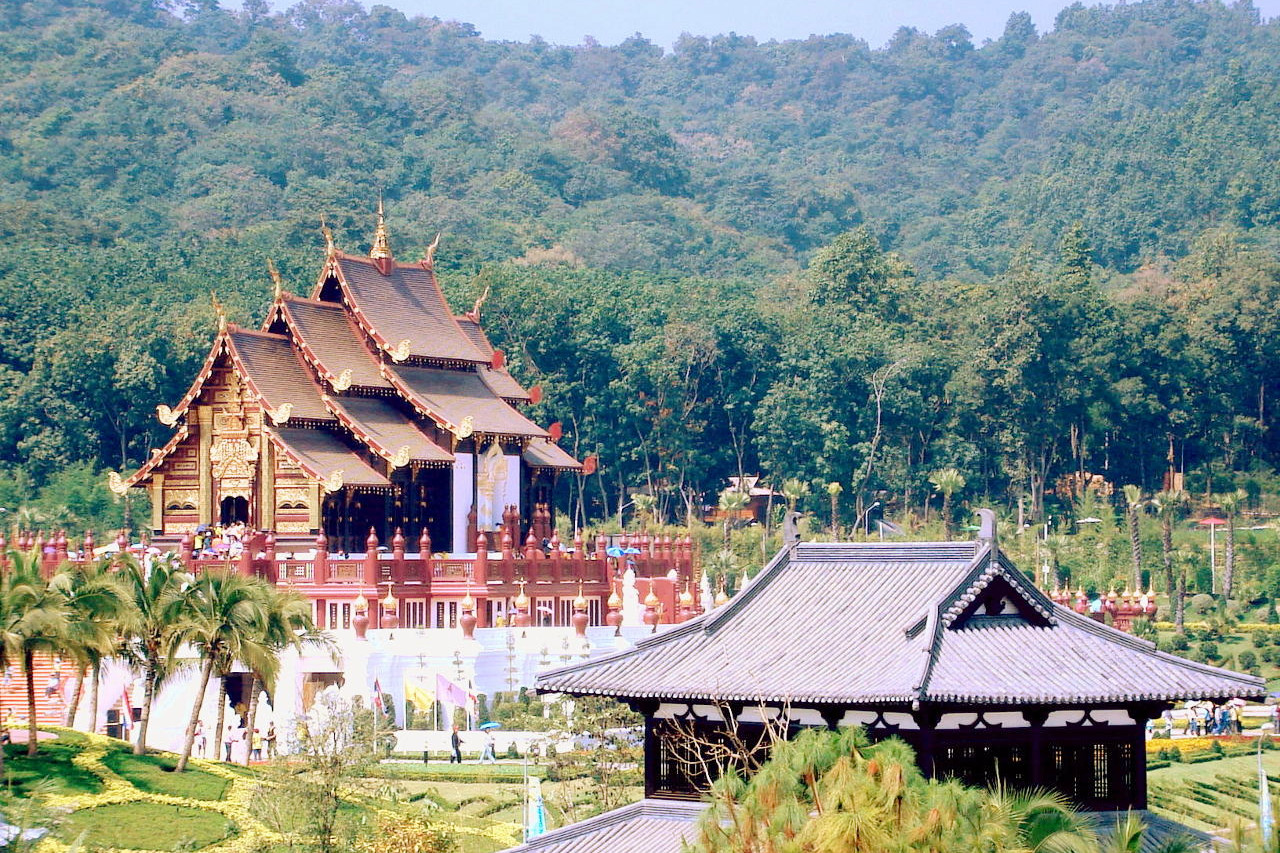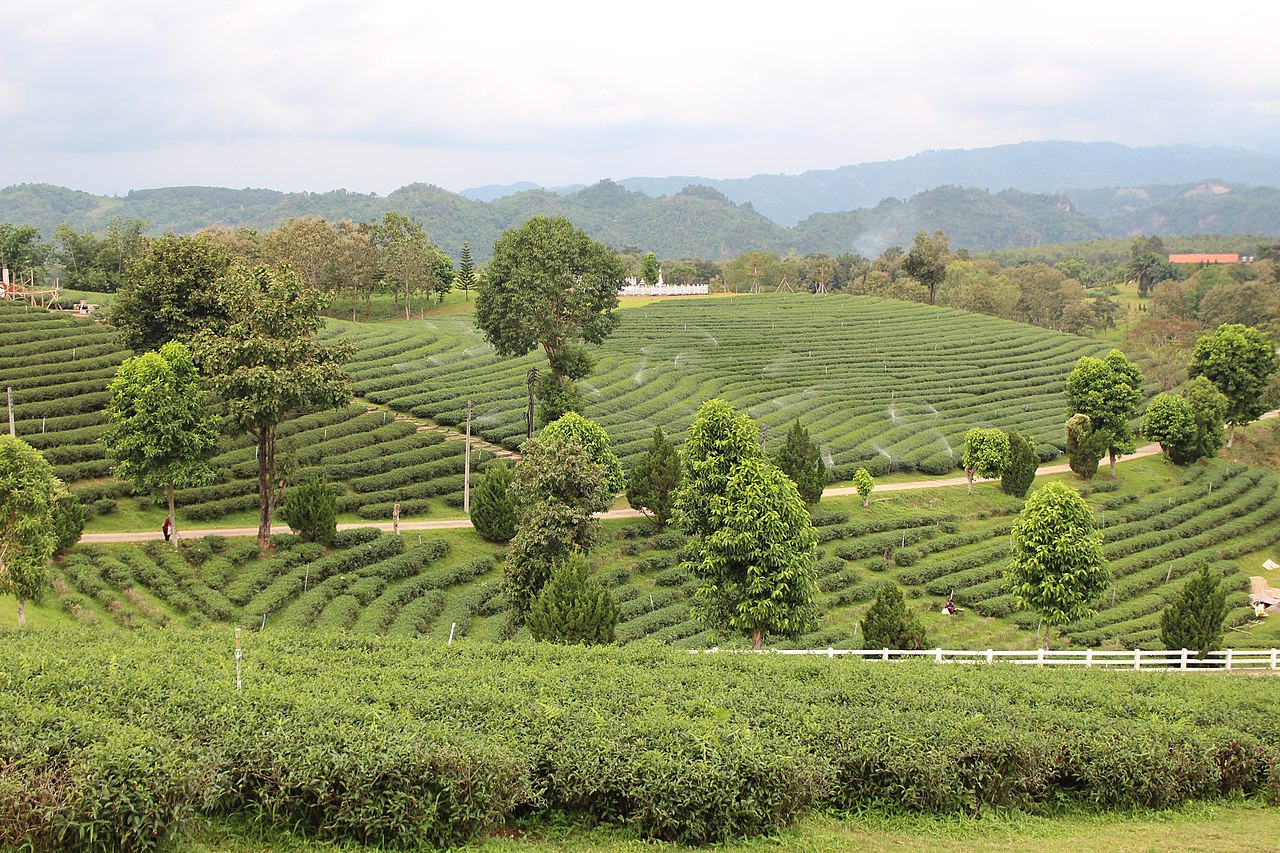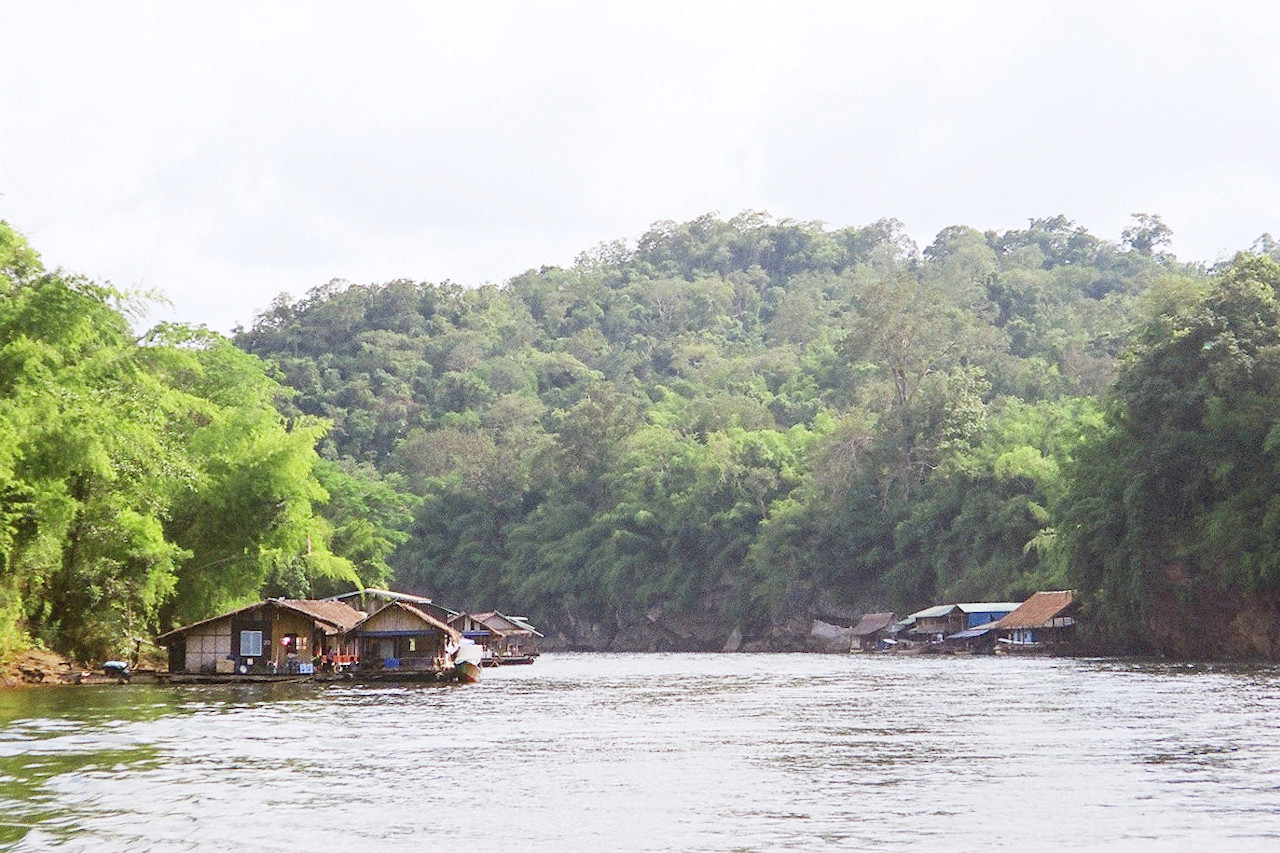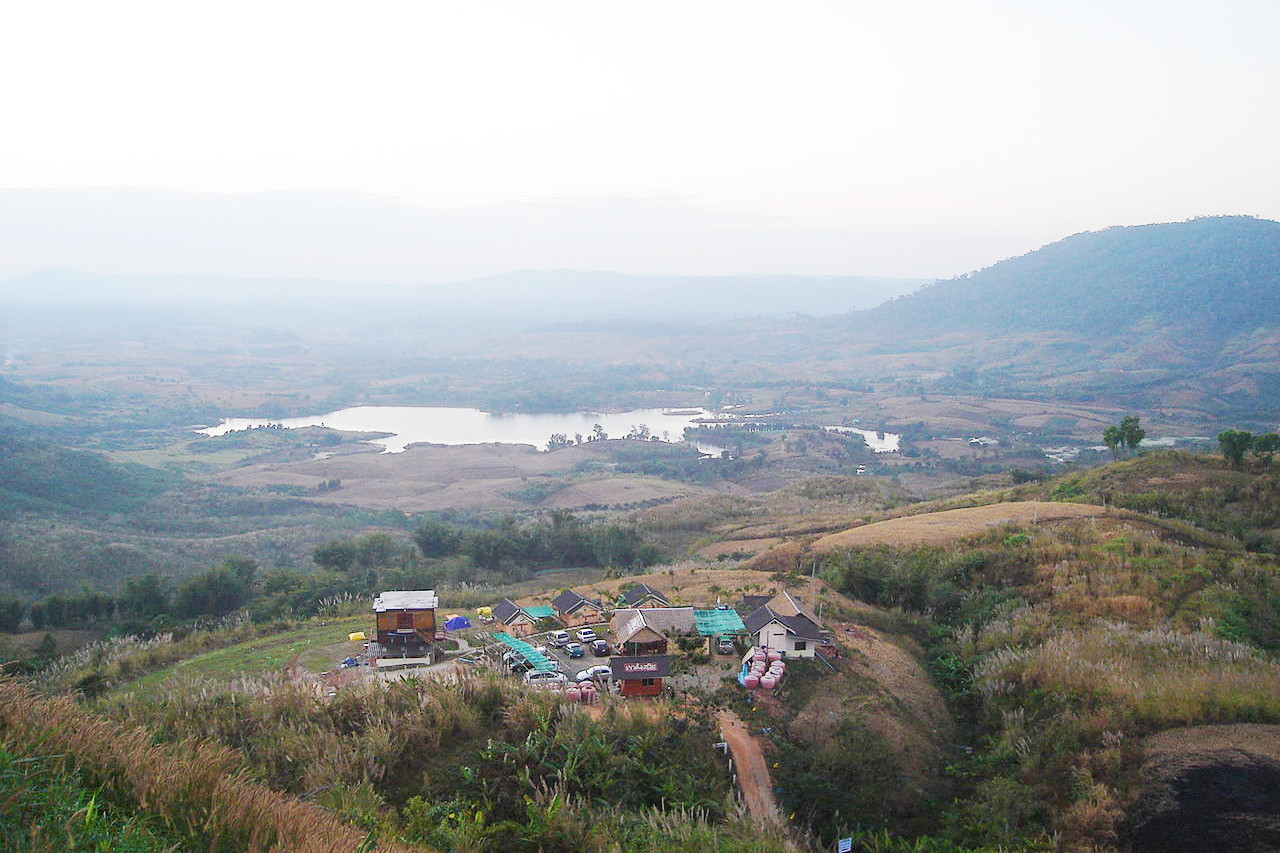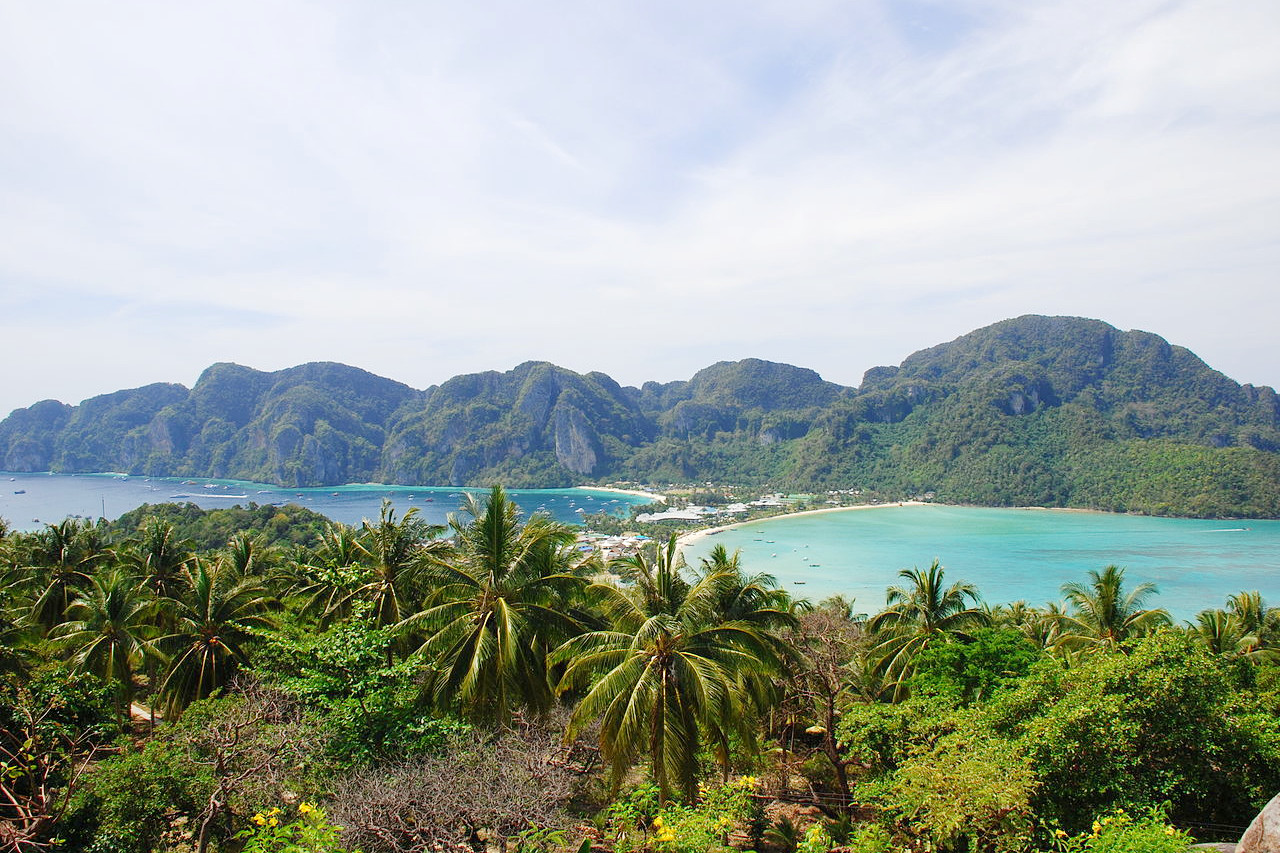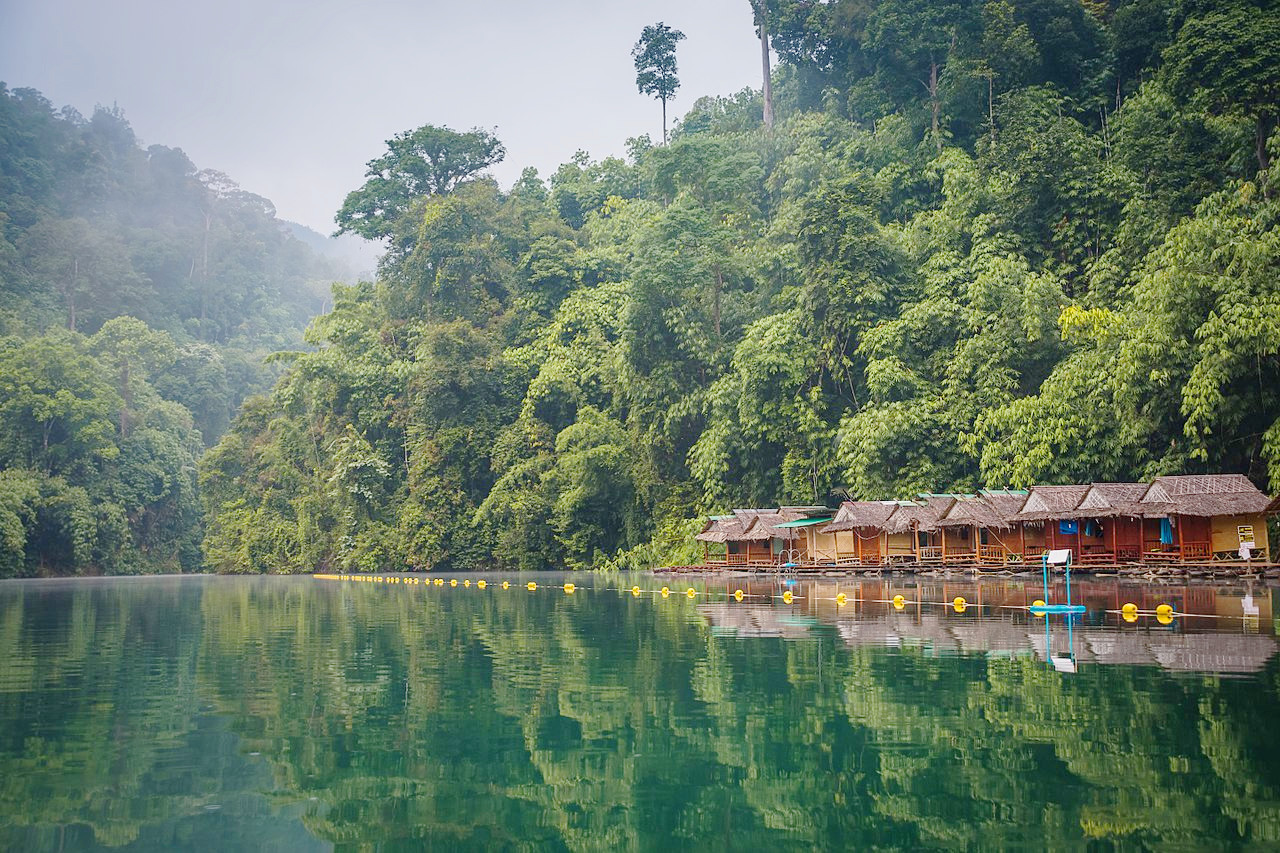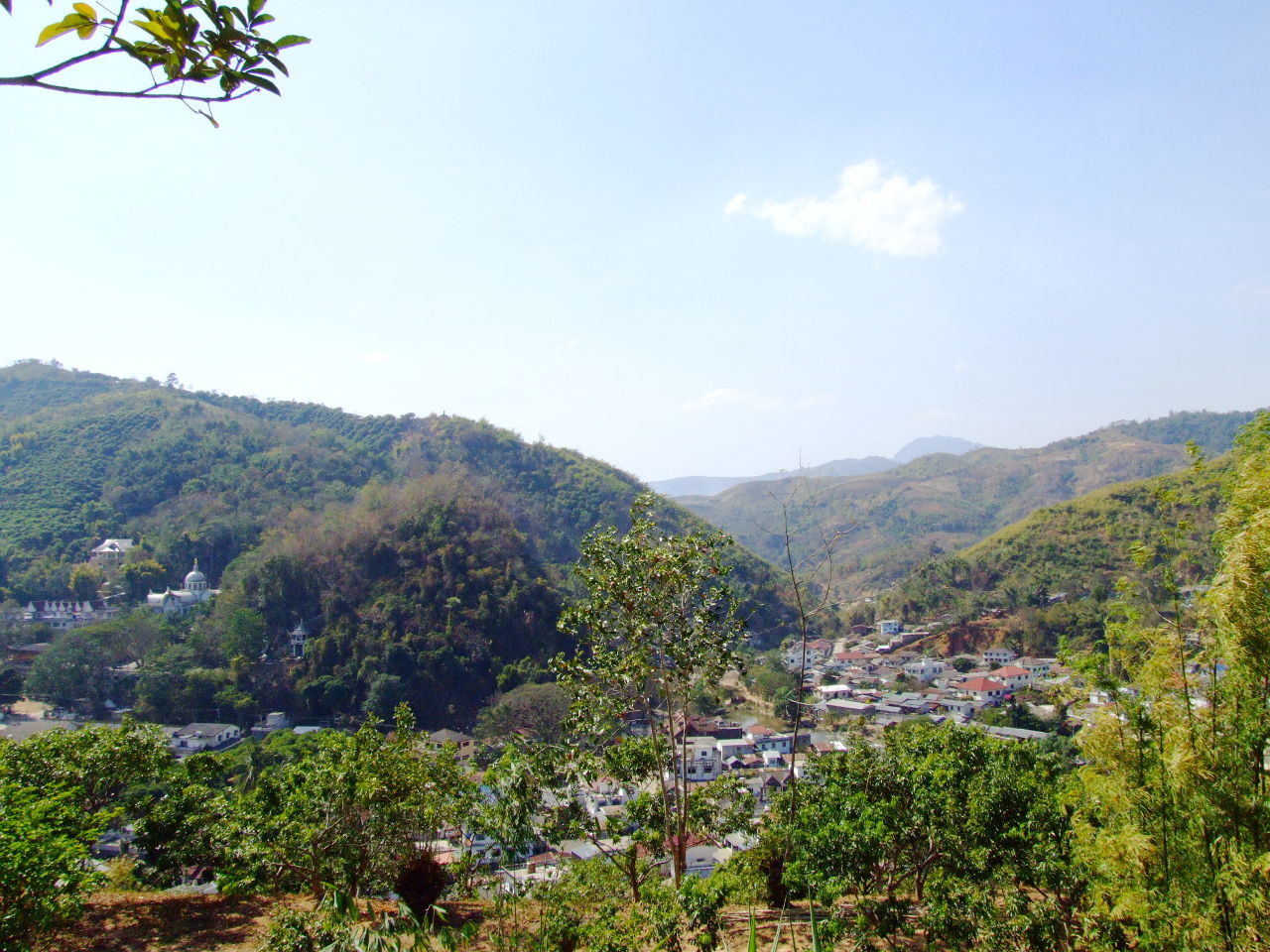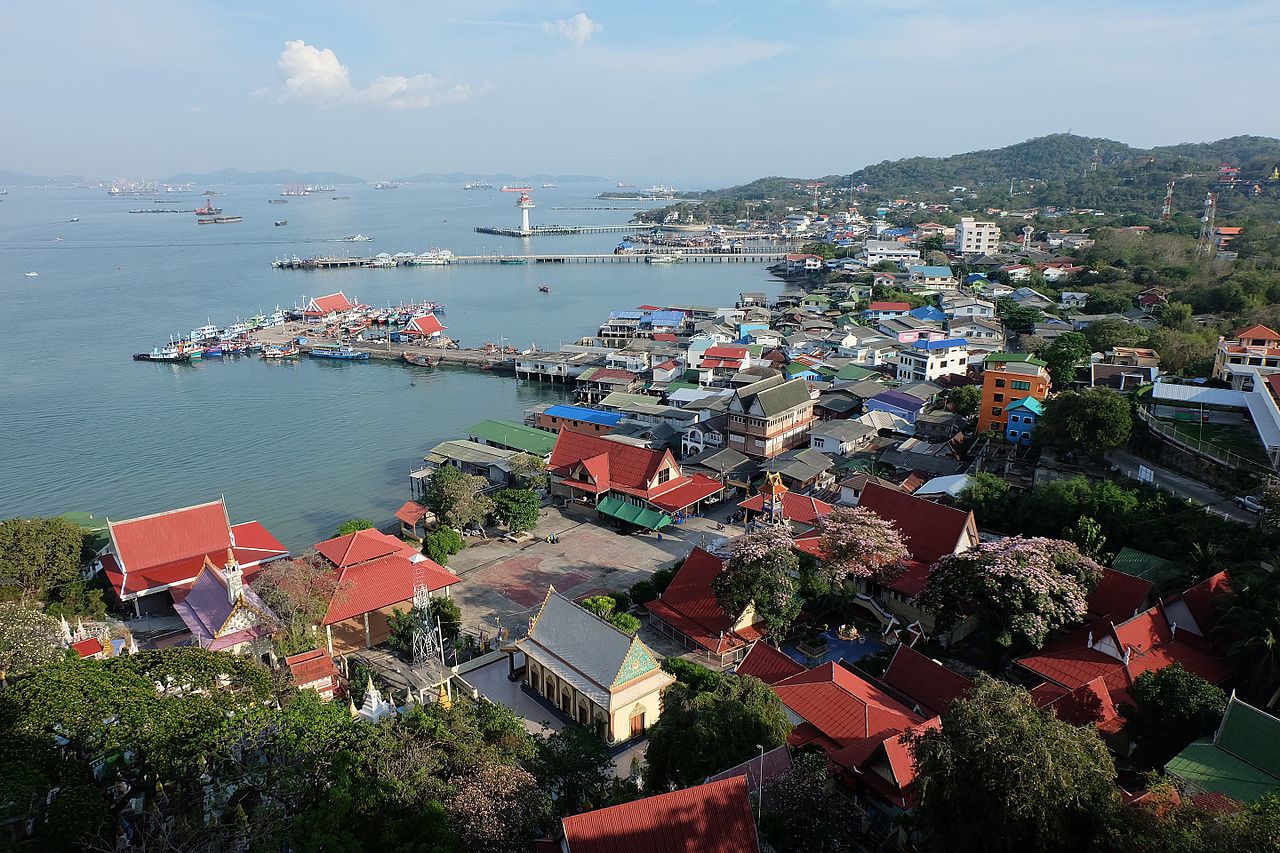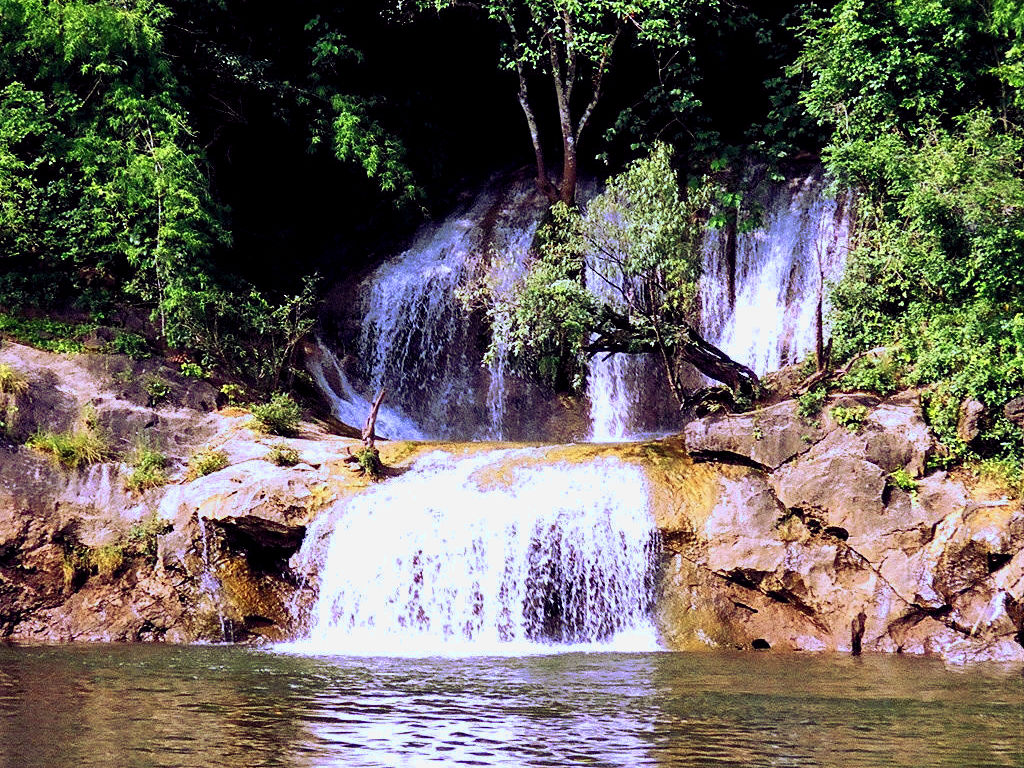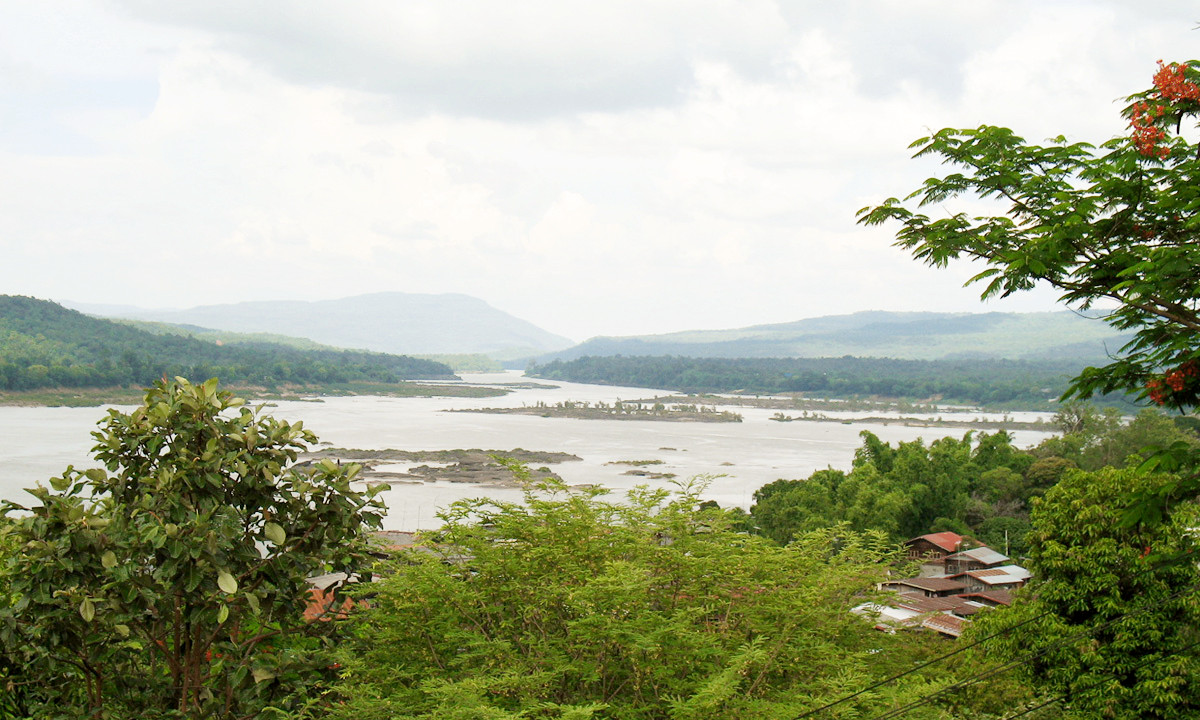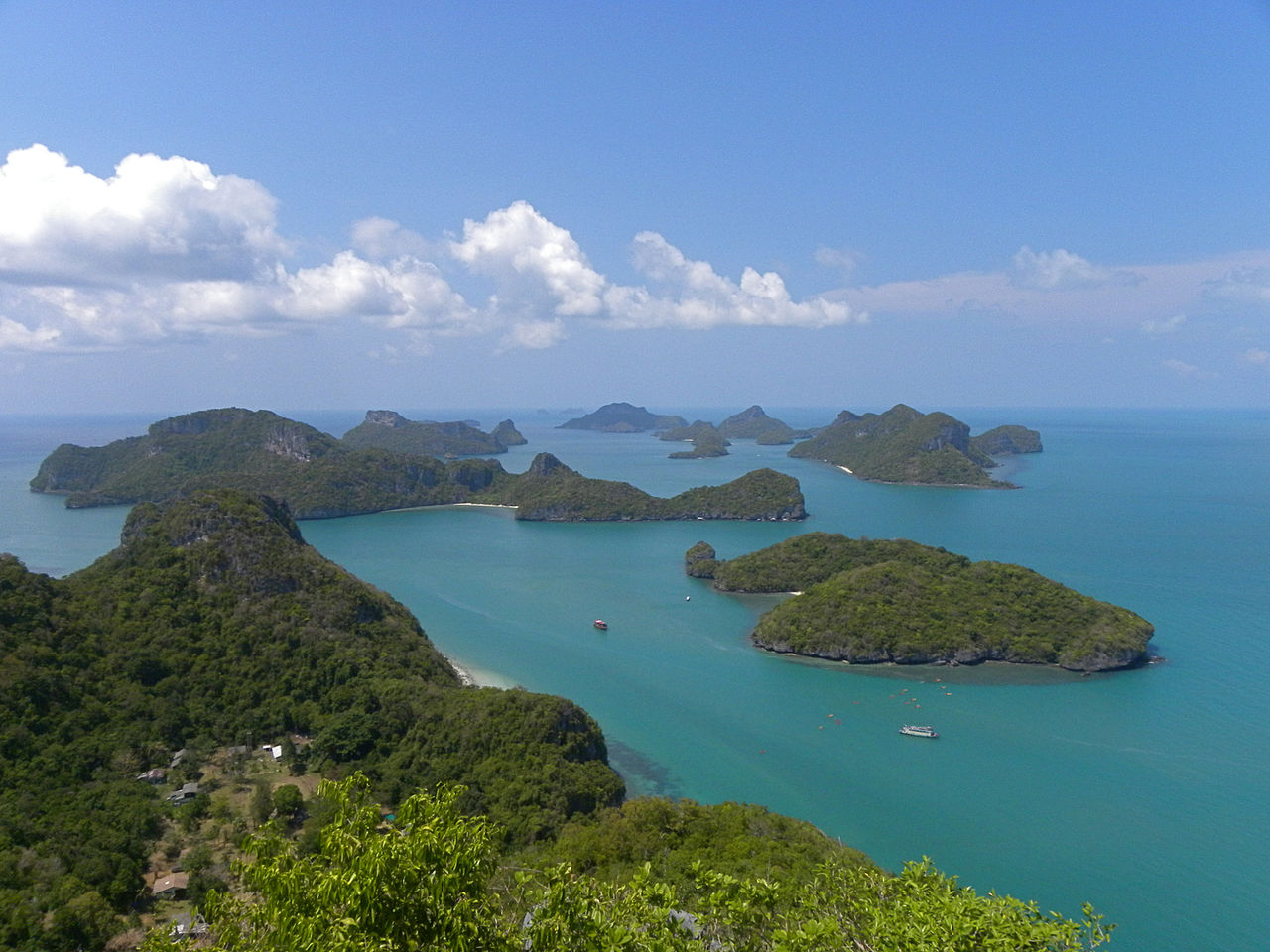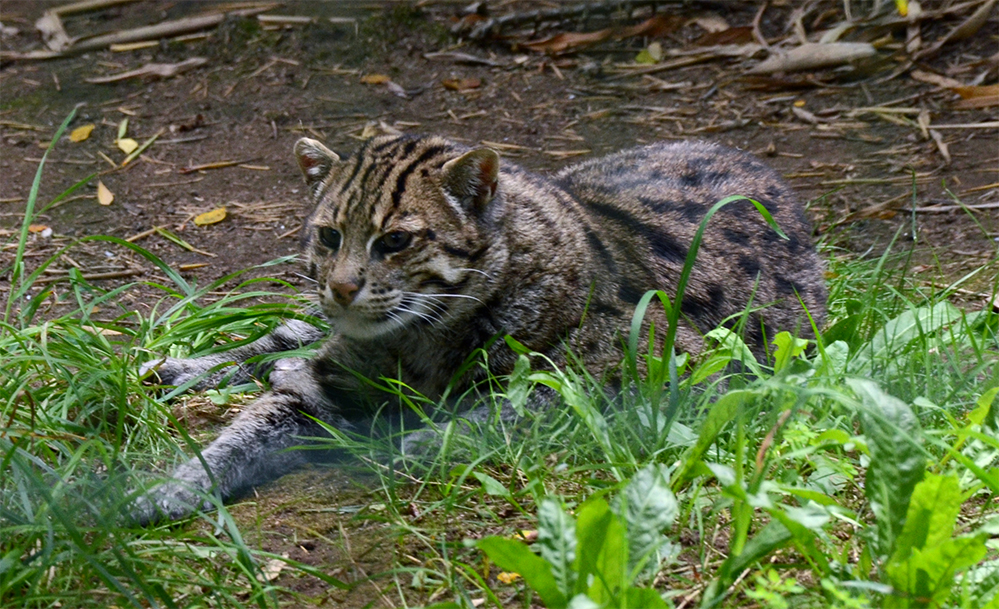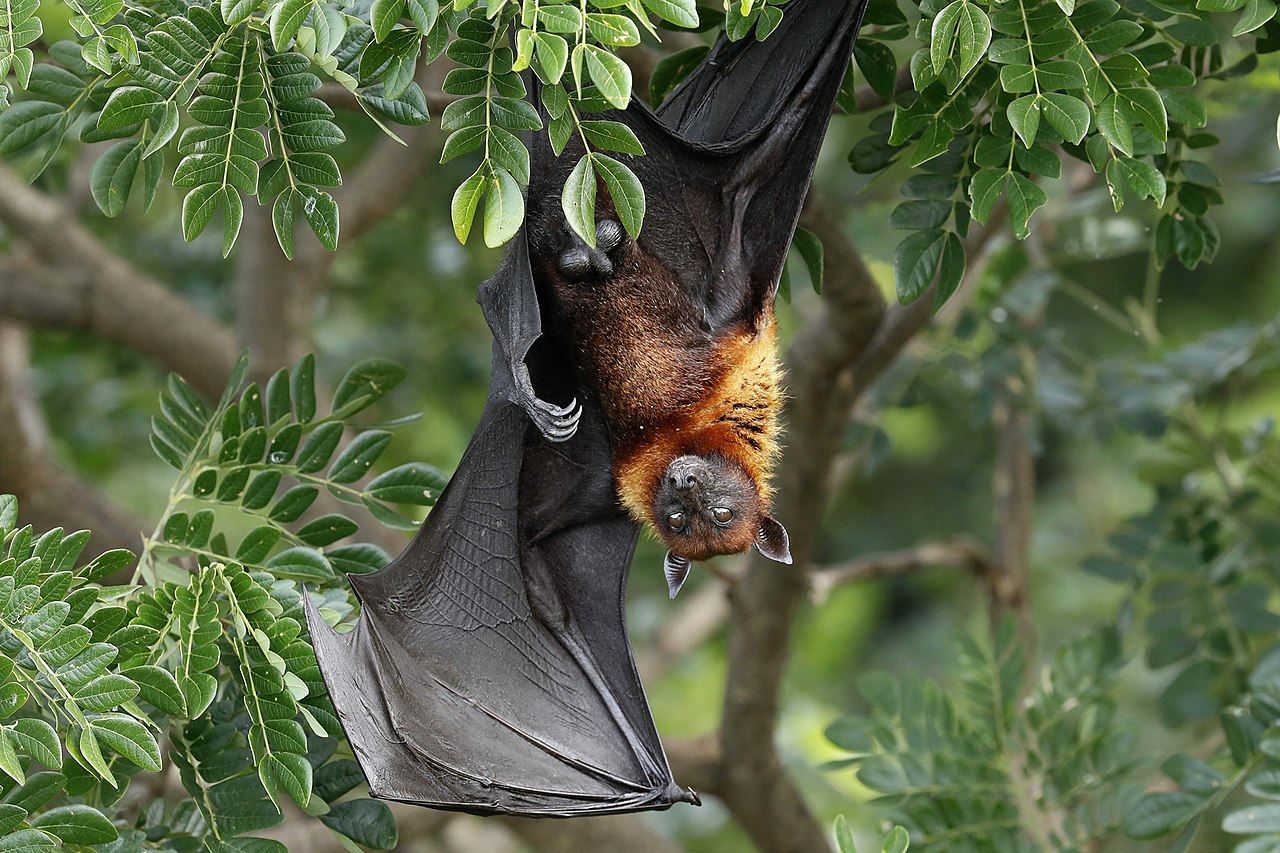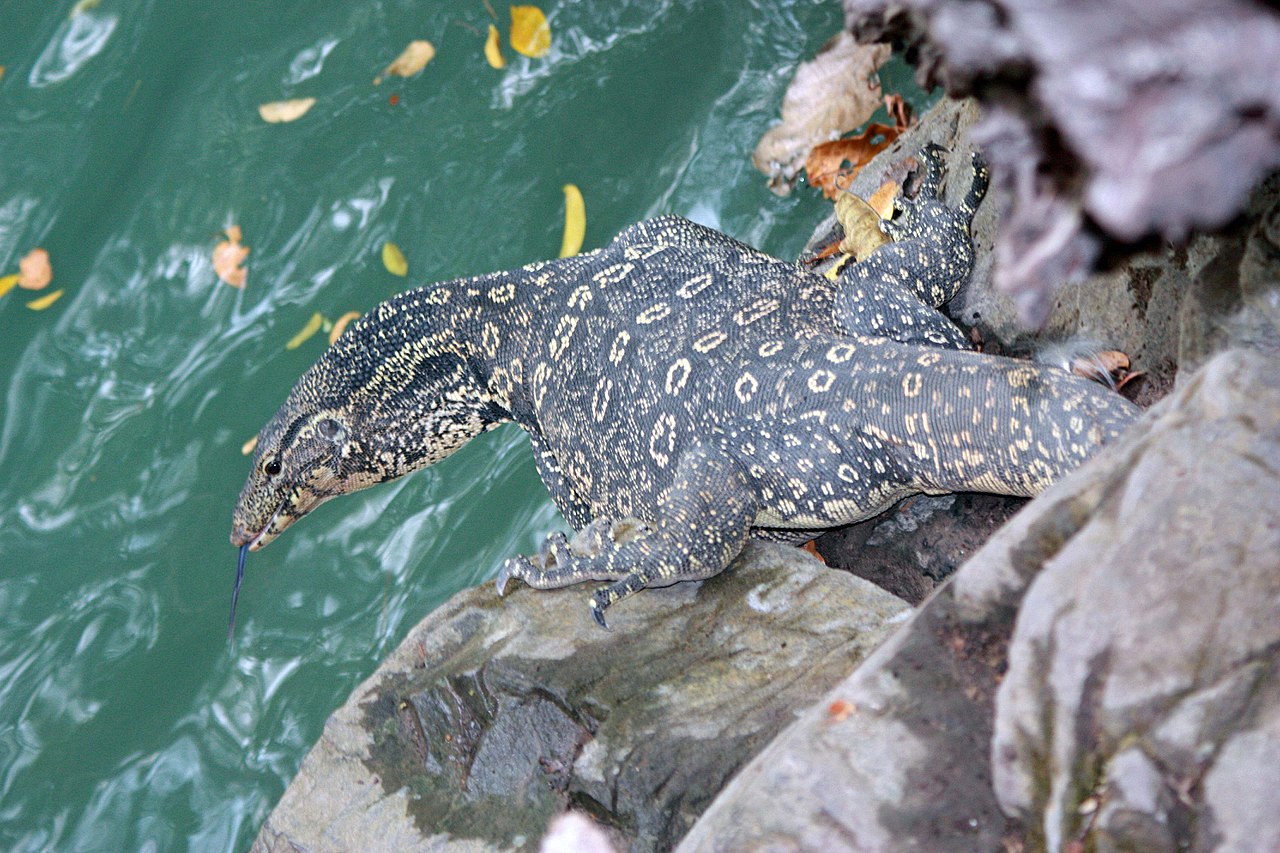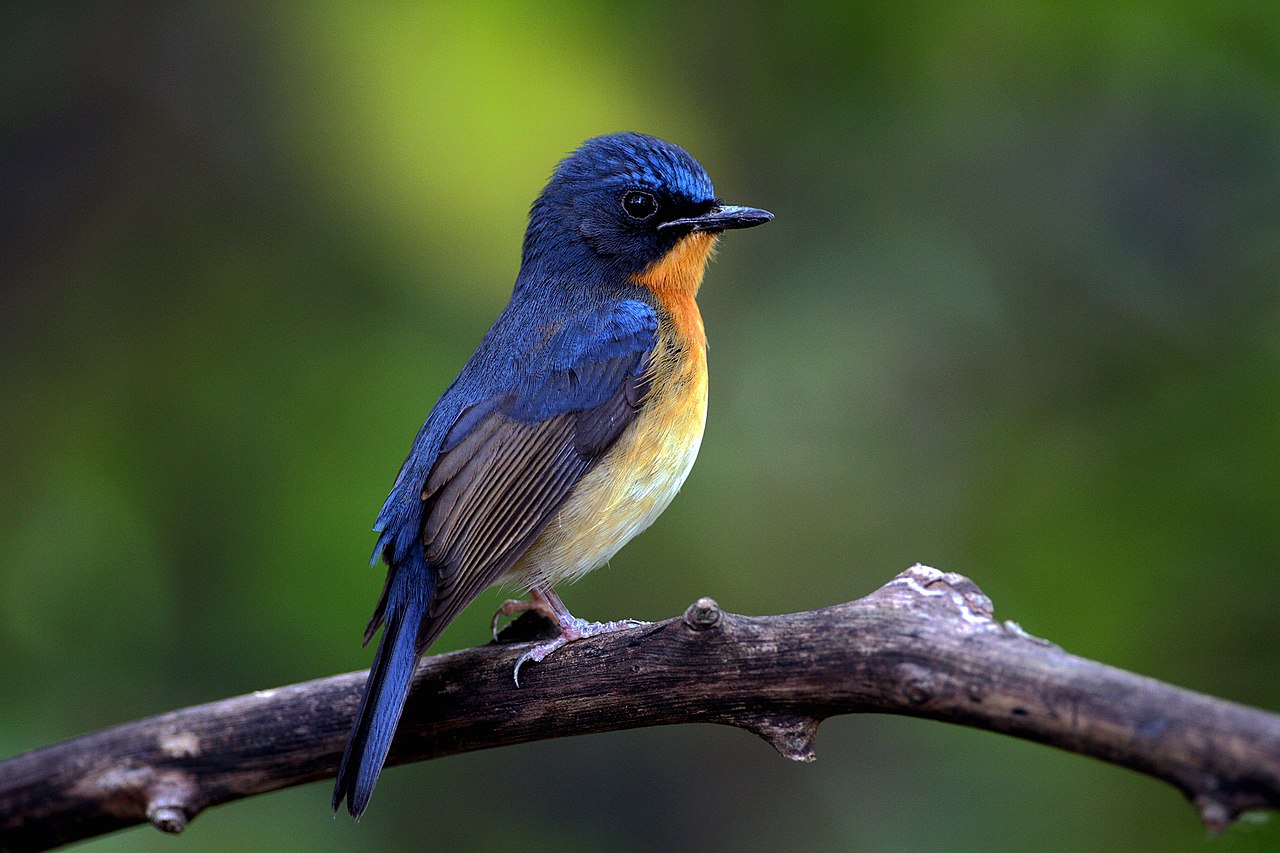The Geography of
Thailand
Why visit Thailand?
Thailand is a beautiful, tropical country with many attractions. Thailand's landscape ranges from palm-fringed beaches, to lush jungles, to high misty mountains. There are numerous cultural sights to see as well: ancient ruins, dramatic mountainsides and Buddhist temples tucked away in the countryside. Thailand has a natural beauty on a scale that few other countries can match. In short we would recommend Thailand to anyone who is looking for a truly beautiful and culturally rich country.
Contents
Map
 Relief map of Thailand
Relief map of Thailand
What is the landscape of Thailand like?
Thailand is divided into six regions: the mountainous Northern Thailand; the river plains of Central Thailand; the hills and coasts of Eastern Thailand and Western Thailand; the great basin of Northeastern Thailand; and the long peninsula of Southern Thailand.
Northern
Northern Thailand is a series of parallel ranges of hills, running north to south. The hills are gently-sloping in the south rise but they gradually towards the north, until, near the western frontier, they join the Thanon Thong Chai range, and tower into imposing heights. They are thickly covered with forest, and here and there great masses of rock standing out bare against the sky. Here can be found the highest mountain in Thailand: Doi Inthanon at 2,576 meters (8,451 feet).
The hills are drained by countless streams which are small or entirely dry during the hot weather, but rush down in foaming torrents and cascades when swollen by the annual rains, increasing the volume of the rivers to the south. The valleys vary between broad agricultural plains, through which clear streams meander, and deep, shadowed gorges echoing to the voices of turbulent waters. Between the mountain ranges flow the four principal rivers of the north—Ping, Wang, Yom, and Nan—which flow south to the central plains. Towards the south the rivers are fringed with wide banks of rich alluvial soil where some of the most valuable farmland lies. There the four rivers unite to form the Chao Phraya—Thailand's most important river.
Central
Central Thailand is the heart of the kingdom, the home of the greater part of its population. It is a great fertile plain, flanked by mountains on its east and west borders, and inclining gently to the sea in the south. The region is thus one vast plain with only the occasional isolated hill serving to emphasise the general flatness. Except for these hills, and the slopes of the containing mountains to the east and west, Central Thailand is an uncompromising flat level. Belts and patches of jungle occur to the north as well as in the east and west fringes, but the greater part of the plain consists of wide expanses, thinly clothed here and there with tall palms, dotted with the clumps of bamboo which mark the villages, and divided by the lines of tall trees that fringe the rivers.
The Chao Phraya, the principal river, flows from the point where it is formed by the junction of the rivers of northern Thailand and heads almost due south for 150 miles, when it empties itself into the Bay of Bangkok. The river carries a great quantity of silt which during flood season covers the plains with a thick layer of fertile soil. There is little forest growth except on the slopes of the hills which border this region. The rest is open farmland, alternating with great stretches of grass, reed jungle and bamboo scrub. At the head of the Gulf there are vast shallow mud-flats, left bare for miles at low tide, which merge into the low-lying marshes and fields of Central Thailand.
Eastern
Eastern Thailand encompasses the eastern Gulf coast where the sea becomes a clear and sapphire blue, mud banks give place to sandy beaches, and the land rises gently away from the shore into low hills. The coast is deeply indented and forms a series of islet-studded bays of surpassing beauty. To the east the coast becomes more rugged, in many places bold rocks protrude from the sea and the land rises steeply up towards the heights of thickly wooded hills, beautiful with tropical vegetation, and from which many small and rapid streams run down through narrow valleys to the sea. Here also are the large islands of Koh Chang and Koh Kut, lofty, precipitous and clothed with dense vegetation.
Western
Western Thailand contains the mountain range which is a continuation of the ranges of northern Thailand. They extend still further southward, ultimately forming the spine of the Malay Peninsula. Here the coastal plains narrow to a mere strip of land, not more than ten miles wide, sloping steeply upwards almost from the edge of the sea to the top of the range from 300 to 600 meters (1,000–2,000 feet) high, where runs the frontier with Myanmar. On this side of the Gulf, long, low shores alternate with high cliffs to which vegetation clings. Here clear sparkling waters of the deepest blue beat upon sandy beaches backed by groves of waving palm trees.
On the slopes of the forest-clad ranges which form the western frontier there are still large areas of forest jungle, the haunt of wild elephants. Here are limestone cliffs of every colour, grey granite rocks with gleaming waterfalls, giant forest trees rising from dense masses of undergrowth, roped one to another by strands of climbing plants, and festooned with moss and ferns. The great river of the Western region is the Mae Klong river which drains the long valleys that lie in the great western mountains.
Northeastern
Northeastern Thailand (known locally as Isan) consists of the huge Khorat Basin. It is bounded to the north and east by the Mekong, the greatest river of the Thai Peninsula, which forms the boundary between Thailand and Laos. The Mun, a river more than 500 miles in length, flows east through the Khorat basin to join the Mekong. It has a large number of tributaries, one of which, the Chi, is more than 600 miles in length.
The whole of this part of Thailand is thus a huge plain lying from 60 to 90 meters (200–300 feet) above sea-level. The plain is for the most part sandy, subject to heavy floods in the rainy season, and prone to drought in the dry weather. During the rains the lower lands become huge marshes covered in grass and reeds, but when the hot weather comes these almost seem to disappear and the land becomes dry, hot and dust-laden.
The region is bounded by the Dângrêk and Sankamphaeng mountains to the south and the Dong Phaya Yen and Phetchabun ranges on the west. The hills reach heights of around 300 to 600 meters (1,000 and 2,000 feet) and are clothed with a growth of forest, occasionally becoming full jungle.
Southern
Southern Thailand is a narrow strip of land from 40 to 100 miles wide and forming the northern part of the Malay Peninsula. It is sharply divided by ranges of hills which pass down the whole length of the peninsula, demarking two well-defined east and the west coast districts. The rivers are small and shallow, and the hills are covered with dense forest. Valleys and small alluvial plains lie between the chains of hills. The highest mountain in this region is Kao Luang, an almost isolated projection over 1,500 meters (5,000 feet) high. The coast both east and west is studded with islands.
Though generally hilly, the east coast district comprises several broad, open plains of varying extent. To the south it encloses a broad country of mountains and valleys. The natural scenery of this district is very beautiful, blue water, golden beaches, villages nestling amongst tall palm-trees, miles of rolling jungle, and behind these magnificent purple mountains towering into the sky.
The west coast district is a strip of country 350 miles long, backed by the peninsular mountains. It is narrower than the east ceast district, has a more deeply indented coast-line, and more islands fringing its shore. The largest of these islands is Phuket, once the centre of a flourishing tin-mining industry, and now a tourist hotspot. The natural beauty of the west coast district surpasses that of the east coast. Great mountains sloping steeply up from the sea, showing purple against the morning sky, bright green beneath the midday sun, and gray when the shadows of evening are creeping amongst them. The streams are small, rapid and clear, and valleys of the deep green descend to the golden line of sandy beaches fringed with bold rocky promontories in a setting of silver seaspray.
What is the nature of Thailand like?
Plants
The plants of Thailand are almost entirely tropical, and their variety is huge owing to all the different landscapes which can be found in Thailand.
Thailand abounds with countless flowering shrubs and plants. The waters of Central Thailand are filled with water lillies, including the white waterlily (Nymphaea lotus), and the red waterlily (Nymphaea rubra). Water hyacinths grow in great abundance on all inland waters, and, when in flower, cover the entire surface of marshy pools with beautiful mauve flower-spikes. The tall sacred lotus (Nelumbo nucifera) is found in the muddy shallows at the edges of rivers, and in many marshes and ponds of Central Thailand, which are beyond the reach of sea water. Its beautiful rose-pink blossoms, which stand up well above the surface of the water, are much admired by the Thai people as a sacred emblem of Buddhism. The forests of the North and the East are the regions where the orchids abound, great areas of jungle in these parts being aflame with the colour of their blossoms at certain seasons of the year.
On the upper slopes and summits of the interior, temperate species occur—oaks, pines, chestnuts, honeysuckle, etc., but even here such plants are intermingled with tropical forms. Palm trees are present everywhere in Thailand, especially in the South. Coconut palms of many varieties thrive in Southern Thailand and in the Chleng Mai district in the North. The rattan palms (Calamus) are among the commonest of jungle plants, especially in Southern Thailand. Some the rattans interlace themselves with other trees and thus help to form the impenetrable thickets which are characteristic of many Thailand forest districts. Other palms include the delicate and graceful areca palms, common in most parts, and the palmyra palm found in Central and Eastern districts. In many places there is undergrowth of bamboo of many varieties. Mangrove inhabit the salt swamps and marshes round the northern shores of the Gulf of Thailand—these trees root in the mud and form dense jungle right to the edge of the sea.
The sacred fig (Ficus religiosa) is the sacred bodhi tree of Buddhism and is common in Central, Northern, and Eastern Thailand, where it is found around villages and in the immediate neighbourhood of most temples and pagodas. The banyan fig (F. indica) is common in the forests of the north, where it grows to an immense size. The red date (Zizyphus jujuba) a very thorny, bushy tree and bearing a large quantity of fruit, grows wild in great profusion in the plains and open country. The Almond tree is much used as a shade tree because of its long horizontal branches with large smooth and glossy leaves. There are cinnamon and camphor trees, and varieties of ginger, cardomom, curcuma, species of which grow wild in great profusion, sometimes covering large areas as forest undergrowth.
Of the many fruit species, the jackfruit, the breadfruit, yams, the papaya, the aubergine (or egg-plant), grow widely. The mango, both wild and cultivated, appears in endless variety in Northern, Central and Eastern Thailand. The banana, an indigenous fruit, is frequently encountered growing wild in the evergreen forests.
Animals
There are three gibbon species native to Thailand, all of which are endangered, as well as eight species of monkey and two species of loris. The lar gibbon (Hylobates lar) can be found across Thailand in the remoter jungles. It is about 1 meter (3 feet) high, the adult males black or ochre-brown and the females and young white or grey. The agile gibbon (Hylobates agilis), is only found in south Thailand near the Malaysian border, whereas the pileated gibbon (Hylobates pileatus) is protected in the national parks of Eastern Thailand. The Macaques include six species, the most common being the Crab-eating macaque, often found near the seashore, and the Rhesus macaque, inhabiting arid, open areas. Other monkeys are the dusky leaf monkey (Trachypithecus obscurus) and the banded langur (Presbytis femoralis), both found in Southern Thailand. Other primates are the Bengal slow loris (Nycticebus bengalensis), still widely distributed, and the Sunda slow loris (Nycticebus coucang), now confined to Southern Thailand.
Thailand is home to important populations of tiger, especially in the western mountains where it is thought that around two-hundred individuals live. Similarly the western mountains are a stronghold for the Indochinese leopard (Panthera pardus delacouri) and the clouded leopard (Neofelis nebulosa). Smaller cat species, more widely distributed, include the Asian golden cat (Catopuma temminckii), the jungle cat (Felis chaus), the leopard cat (Prionailurus bengalensis), the marbled cat (Pardofelis marmorata), and the fishing cat (Prionailurus viverrinus).
Perhaps the most famous forest mammals are the thousand-or-so wild elephants which are to be found in the tropical forests in the northern and western parts of Thailand. Other forest animals include the binturong (Arctictis binturong), also known as the bearcat, a rather shy forest animal around one meter long. The Sunda pangolin (Manis javanica) is a curious little animal covered with hard, overlapping, horny scales. The Siamese jackal is a subspecies of golden jackal which inhabits mountainous areas, near farms or residential forests. The two bear species occuring in the forests are the Asian black bear (Ursus thibetanus) and the sun bear (Helarctos malayanus). Around twenty-five species of squirrel are present in the forests, and some of them such as the red giant flying squirrel (Petaurista petaurista) and the Indian giant flying squirrel (Petaurista philippensis) can be seen making long glidings between trees by use of the extension of the skin between the fore and hind limbs.
The number of bats in Thailand is immense, being represented by around ninety species. The most conspicuous is the large flying fox (Pteropus vampyrus), one of the largest bat species. They form colonies on certain favoured trees in the jungle, where they hang head downwards in hundreds, asleep during the day, and leaving at sunset to search for fruit trees. Many bat species inhabit deserted temples and caves in thousands, where they alternately quarrel and sleep all day, coming out at night to feed. The tall palm trees which dot the rice fields are also a favourite resort, each tree having its family located just beneath the leaf tuft. Around sunset in the deep river-gorges around Chieng Mai you can see swarms of bats leaving the caves in the rock-face, passing up over the lip of the gorge and away to the uplands for food.
Two Crocodile species are known: the saltwater crocodile which prefers the brackish water near the mouths of the rivers, and the siamese crocodile, which inhabits the inland marshes of Central and the lower part of Northern Thailand. There are around thirty species of turtle, terrapin, and slider, and the loggerhead sea turtle is sometimes seen in coastal estuaries. Lizards are well represented. Amongst the most common examples are the geckos of which four species frequent the interior of houses. The largest of these the Tokay gecko (Gekko gecko) often exceeds twelve inches in length, and crows loudly with a hoarse voice. Several species of flying lizards (Draco) occur in Southern Thailand which by means of skin attached to greatly elongated ribs can glide from stem to stem in the forests. Around two hundred species of snake have been recorded although few occur near human settlements. The python is common but, though said to attain six meters (twenty feet) in length, are more typically around three meters (ten feet).
Thailand possesses a large number of species of birds representing many families. Among the more exotic can be found many species of bulbuls, paradise flycatchers, tailorbirds, and myna. There are many species of kingfisher in Thailand, the pied kingfisher (Ceryle rudis) being perhaps the most common. The woodpeckers are a large family, often of gorgeous plumage and always noisy. Asian barbets are often to be heard hooting through the heat of the day. Nightjars are very common and can be seen at nightfall, flitting through open glades. White herons of many species nest in great numbers in the trees near the rice fields. The bald-headed lesser adjutant (Leptoptilos javanicus) is a large wading bird in the stork family. Waders, sandpipers, curlews, coots, plovers and snipe are also numerous. Cormorants abound on all the rivers. Gulls, terns, frigate birds, gannets and petrels are seen in the Gulf, and various kinds of duck, teal, etc. also occur.
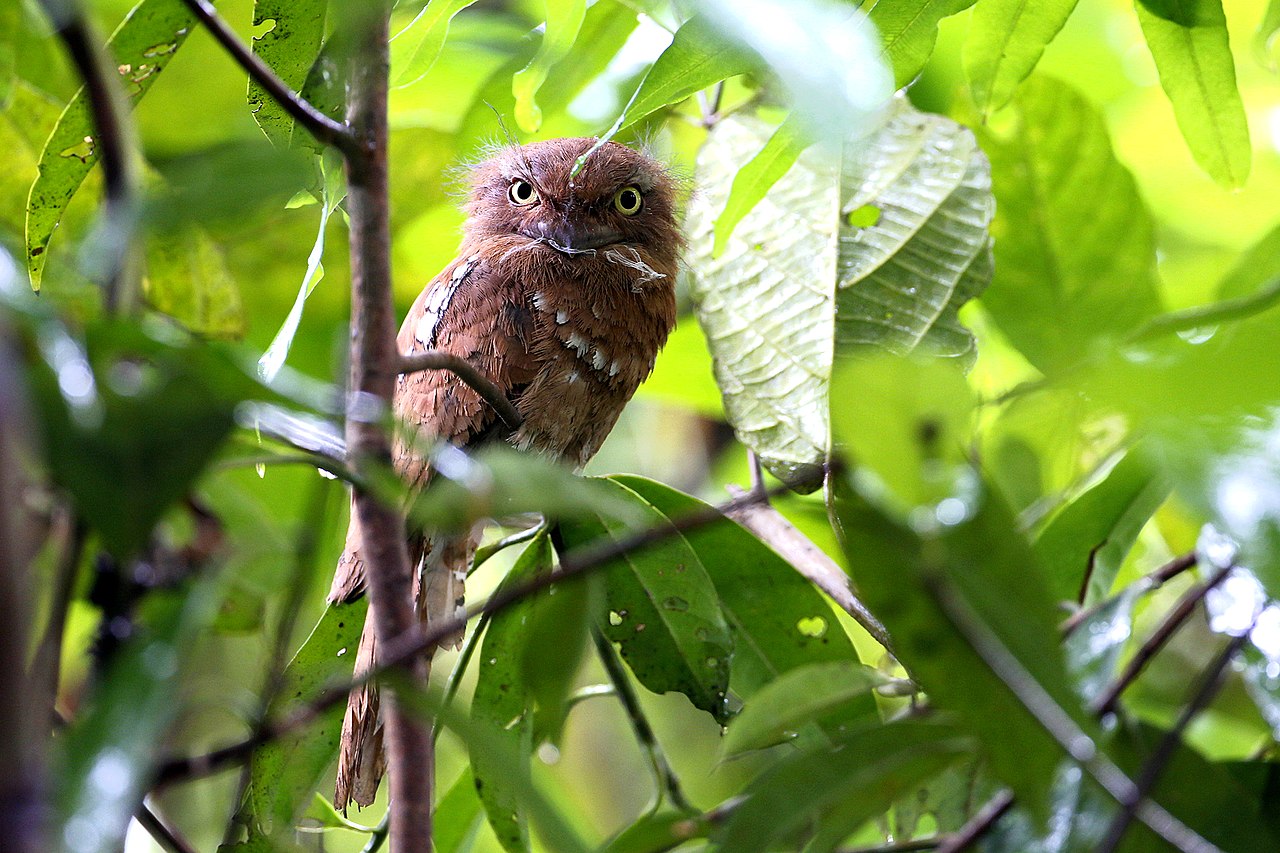 Blyth's frogmouth, Krung Ching National Park
Blyth's frogmouth, Krung Ching National Park
What is the climate of Thailand like?
See our main article: The Climate of Thailand
The climate of Thailand is tropical. The hottest part of the year is generally from about February to August, but this is moderated on the plains of Central Thailand by the sea wind which blows from the south or south-west almost continuously, and the temperature rarely rises above 37°C (98°F) or falls below 26°C (79°F). Temperatures are a little more extreme in Northern Siam due to the lack of sea breezes, but the greatest heat is experienced in the wide basin of Northeastern Thailand, cut off as it is from the cooling breezes by the surrounding hills. Here the heatwaves scorch up the land and dessicate the vegetation. Southern Thailand, although hot and humid, is subject to sea winds blowing across the peninsula alternately from west and east and the temperature, even at the hottest time of the year, scarcely ever rises above 35°C (95°F).
The rainy season begins with the arrival of the southwest monsoon which lasts from mid-May to September. However the full force of the monsoon is broken by the western mountains, so only these frontier hills get completely drenched. There is a dry cool monsoon from November to mid-March, and when the northeast winds blow strong, the cooler weather is very welcome. North-easterly gales will sometimes hit the east coast but rarely at cyclone force. On the east coast of Southern Thailand the rains extend from September to January, and there is no distinctively cold season.
| Climate data for Bangkok (1981–2010) | |||||||||||||
|---|---|---|---|---|---|---|---|---|---|---|---|---|---|
| Month | Jan | Feb | Mar | Apr | May | Jun | Jul | Aug | Sep | Oct | Nov | Dec | Year |
| Average high °C (°F) | 32.5 (90.5) | 33.3 (91.9) | 34.3 (93.7) | 35.4 (95.7) | 34.4 (93.9) | 33.6 (92.5) | 33.2 (91.8) | 32.9 (91.2) | 32.8 (91.0) | 32.6 (90.7) | 32.4 (90.3) | 31.7 (89.1) | 33.3 (91.9) |
| Daily mean °C (°F) | 27.0 (80.6) | 28.3 (82.9) | 29.5 (85.1) | 30.5 (86.9) | 29.9 (85.8) | 29.5 (85.1) | 29.0 (84.2) | 28.8 (83.8) | 28.3 (82.9) | 28.1 (82.6) | 27.8 (82.0) | 26.5 (79.7) | 28.6 (83.5) |
| Average low °C (°F) | 22.6 (72.7) | 24.4 (75.9) | 25.9 (78.6) | 26.9 (80.4) | 26.3 (79.3) | 26.1 (79.0) | 25.7 (78.3) | 25.5 (77.9) | 25.0 (77.0) | 24.8 (76.6) | 23.9 (75.0) | 22.0 (71.6) | 24.9 (76.8) |
| Average rainfall mm (inches) | 13.3 (0.52) | 20.0 (0.79) | 42.1 (1.66) | 91.4 (3.60) | 247.7 (9.75) | 157.1 (6.19) | 175.1 (6.89) | 219.3 (8.63) | 334.3 (13.16) | 292.1 (11.50) | 49.5 (1.95) | 6.3 (0.25) | 1,648.2 (64.89) |
| Source: Thai Meteorological Department | |||||||||||||
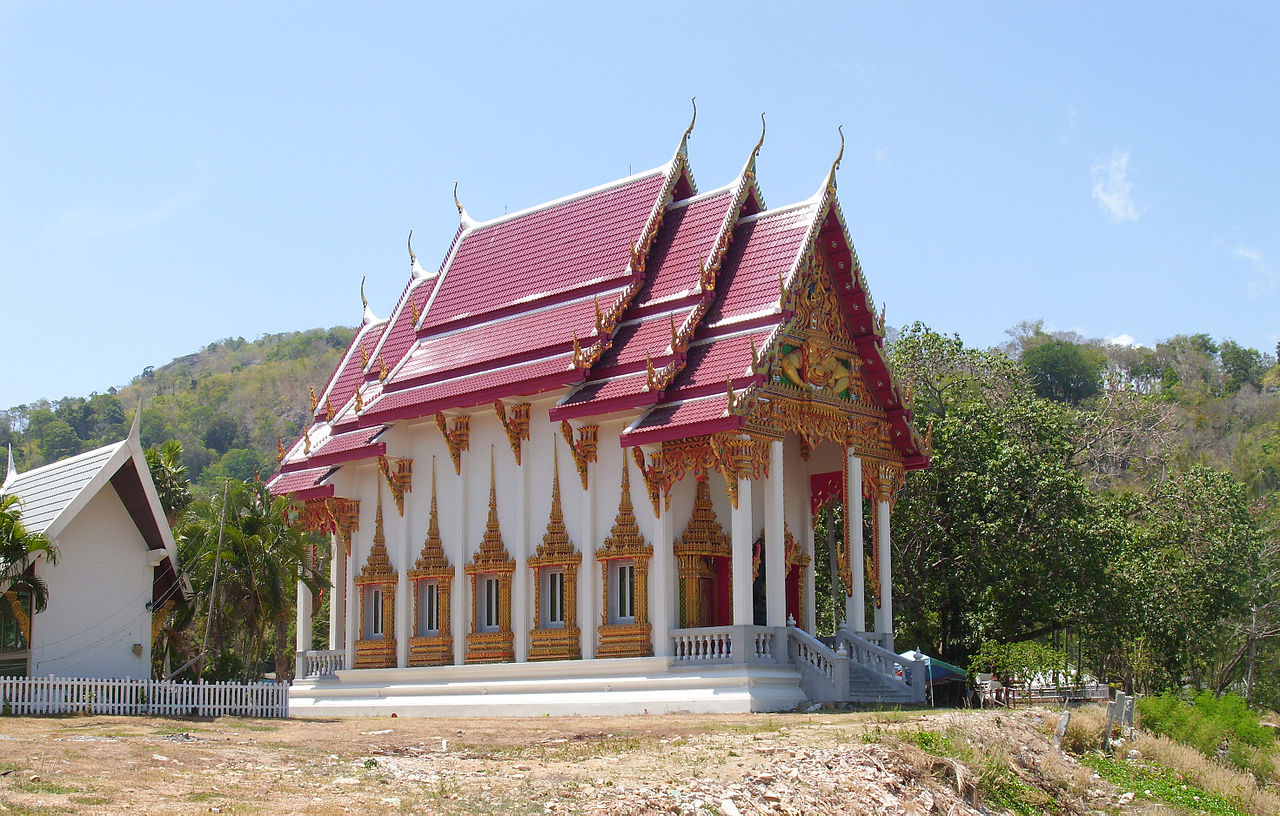 Wat Ko Si Re, Phuket
Wat Ko Si Re, Phuket
The official websites
Thailand
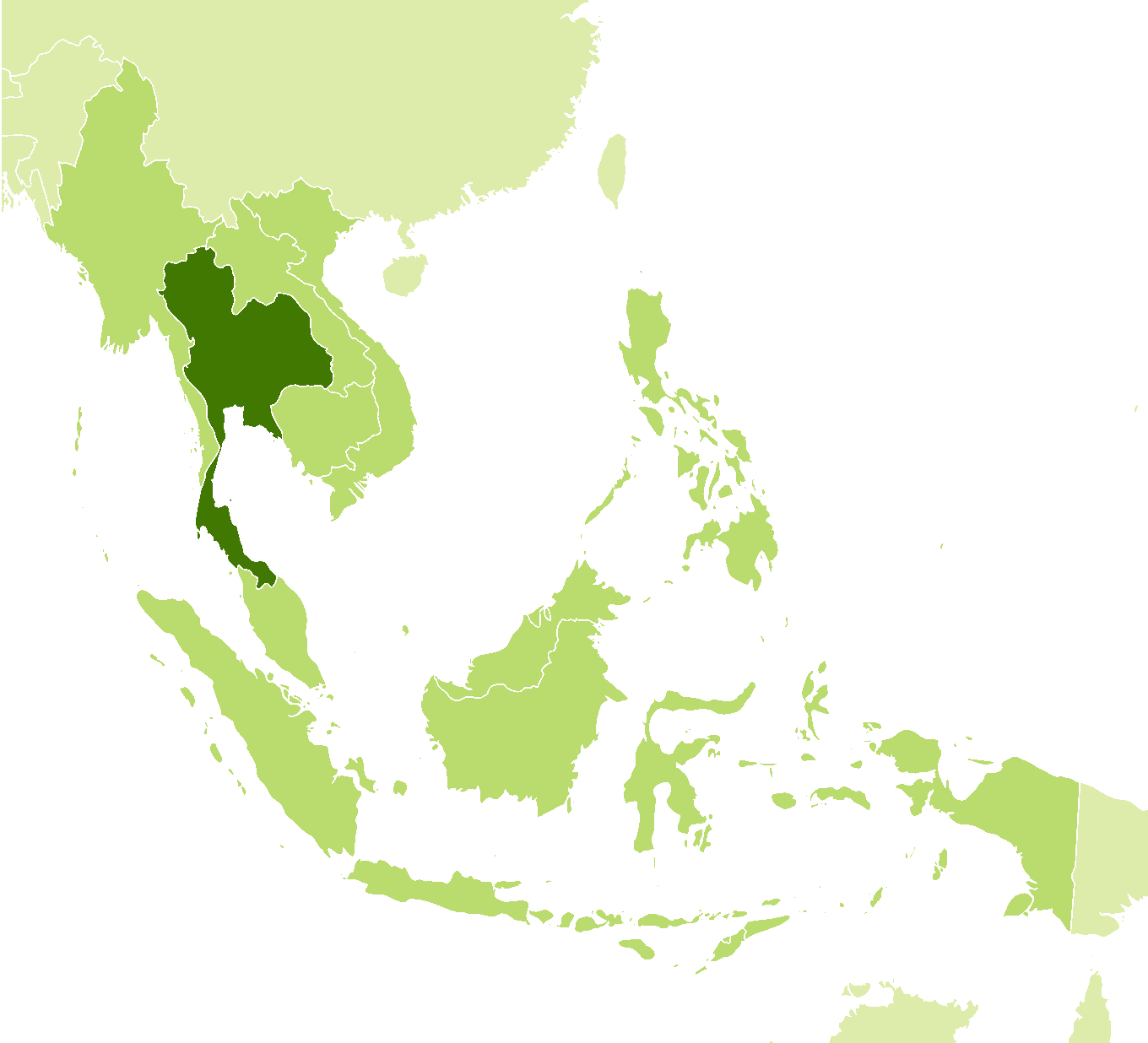
Amazing Thailand
| Location: | Southeastern Asia, bordering the Andaman Sea and the Gulf of Thailand, southeast of Burma |
| Coordinates: | 15° 00′ N, 100° 00′ E |
| Size: | • 1650 km N-S; 875 km E-W • 1020 miles N-S; 550 miles E-W |
| Climate: | Tropical; rainy, warm, cloudy southwest monsoon (mid-May to September); dry, cool northeast monsoon (November to mid-March); southern isthmus always hot and humid |
| Highest point: | Doi Inthanon 2,565 m / 8,415 ft |
| Forest: | 37.2% (2011 est.) |
| Population: | 68,977,400 (July 2020 est.) |
| Population density: | Medium (132/km²) |
| Capital: | Bangkok |
| Languages: | Thai (official) only 90.7%, Thai and other languages 6.4%, only other languages 2.9% (includes Malay, Burmese) (2010 est.) |
| Human Development Index: | High (0.777) |
| Currency: | Baht |
